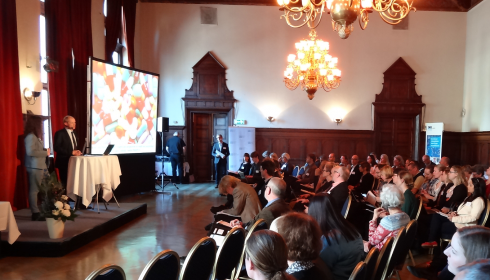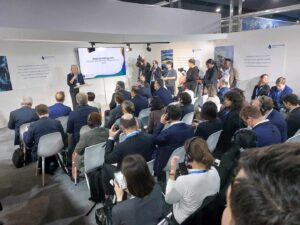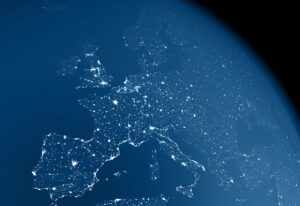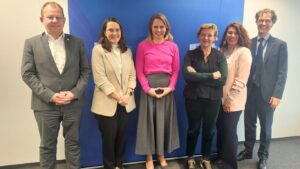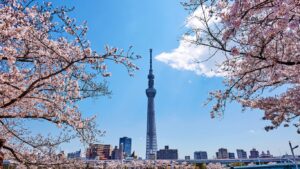What’s in your water? Minimizing pharma pollution
“We stand in different corners and discuss what is needed. We need to act with what we have in hand”, Kia Salin, (Medical Procurement Agency), Swedish Water House, Pharmaceuticals Conference, April 2016
Pharmaceutical products are essential to our society, and their use is likely to increase due to a growing, ageing population. In sufficient concentrations, pharmaceuticals will impact the recipient waterbody, although many tools to reduce environmental impact from pharmaceuticals are already available. Combining efforts along the pharmaceutical life cycle – production, procurement, consumption, and wastewater treatment – will be key for sustainable development and lead to increased transparency and understanding between stakeholders.
Held in Uppsala on 12-13 April, SIWI’s Swedish Water House conference “Water and Pharmaceuticals – insights and perspectives for health and environment” took this question to heart, unpacking how to reduce negative impacts on aquatic ecosystems and human health. The two days were jam-packed with interesting presentations describing and debating, promising ways forward to reduce the distribution of pharmacological substances in water resources.
Ms. Helen Clayton, Policy Officer European Commission, DG Environment, and Mr. Ignacio Sanchez Diaz, UNDP – SPHS, introduced the international perspective on the issue. They outlined how the EU will, hopefully, adopt a strategy framework on Pharmaceuticals in the Environment (PiE) in the beginning of 2017. Adding that, although the EU-machinery grinds slowly, it does move forward. In order to do this work, the Informal Interagency Task Team on Sustainable Procurement in the Health Sector (SPHS) is a group that has been put together to provide a transparent and inclusive engagement process in line with the development of this policy. SPHS are looking for collaborators and SIWI was suggested as an expert organization on water and a potential partner to collaborate with.
Day 1 was concluded with a panel debate with the speakers of the day. When asked what were the next steps required to move forward, the speakers responded that political leadership, a road map and strategic approach at the EU level was needed alongside the generation of sustainable criteria for national and international procurement.
Day 2 was split between downstream and upstream measures. Upstream discussions looked more specifically at sustainable procurement and the suggested a Swedish stakeholders project that could investigate how to implement and developing the Swedish Water House cluster group’s recommendations in a real-life setting.
